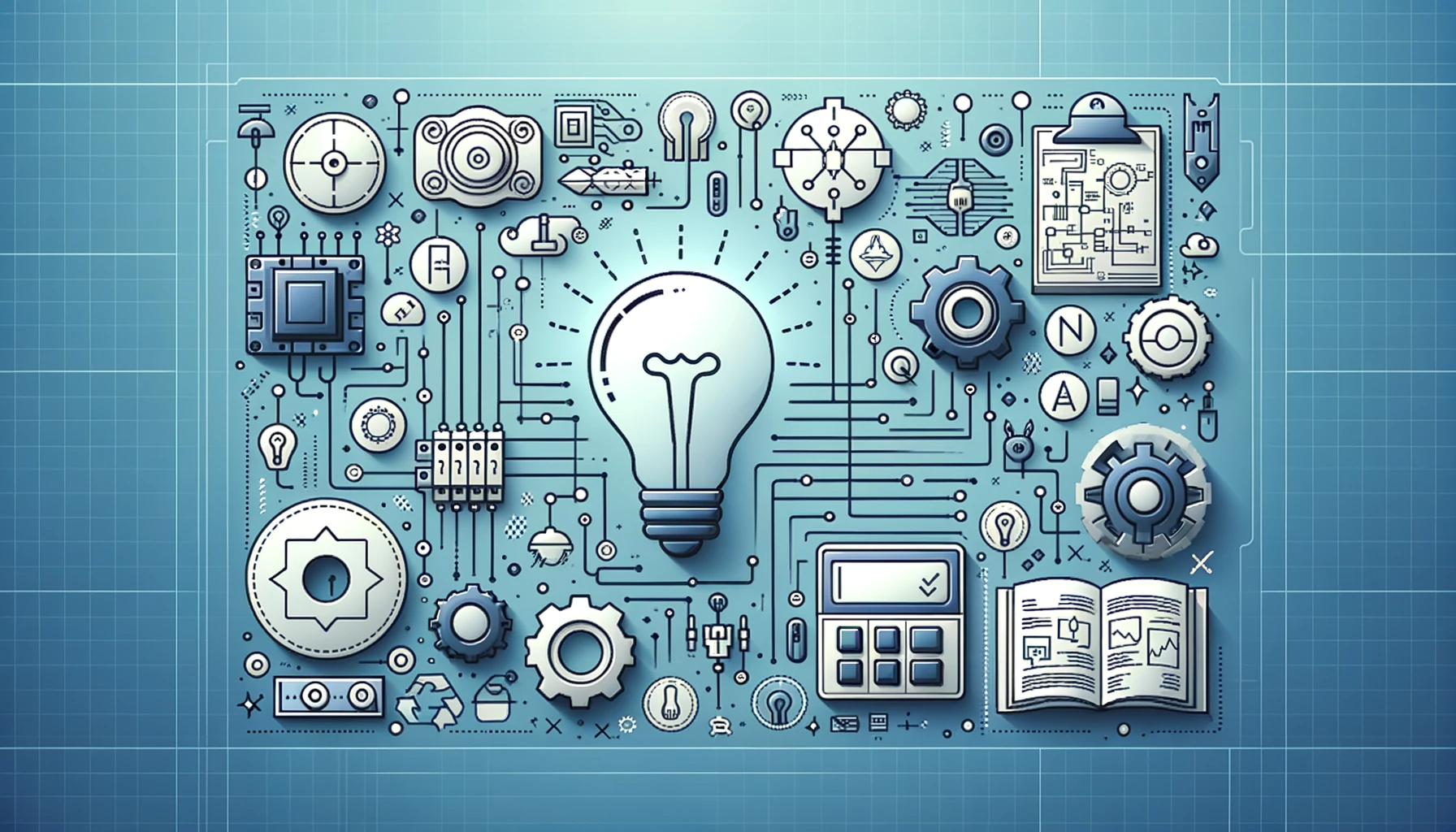Professional Electrical Design Services for Commercial and Projects
Wiki Article
Ingenious Electric Design Services for Modern Infrastructure
The advancement of modern facilities necessitates innovative electric design services that not just enhance functional efficiency but likewise address sustainability challenges. As city atmospheres grow progressively complex, integrating innovations such as clever grids and renewable resource resources becomes critical. These innovations not only guarantee to maximize power usage yet likewise foster resilience versus future needs. The landscape of electrical design is going through rapid improvement, prompting a more detailed assessment of arising patterns and their effects for long-lasting framework viability. What might the future hold for those that welcome these innovative strategies?Relevance of Cutting-edge Electrical Design
Cutting-edge electrical design plays a crucial function in modern facilities, affecting not just effectiveness however also sustainability. As cities progress and the demand for power increases, the need for innovative electric systems becomes vital. These systems must not just fulfill current demands but additionally prepare for future growth and technical advancements.A well-executed electric design can significantly reduce power intake, thereby lowering operational expenses and decreasing ecological impact. By integrating renewable energy sources, such as solar panels and wind turbines, innovative designs can boost power independence and strength. Smart grid modern technologies permit for real-time tracking and monitoring of power circulation, maximizing efficiency and decreasing waste.
Safety and security is one more crucial facet of electrical design. Applying innovative modern technologies and strenuous requirements can reduce threats related to electrical failures, guaranteeing a safe atmosphere for businesses and residents alike. In addition, cutting-edge layouts help with adaptability, permitting frameworks to incorporate arising modern technologies effortlessly.
Trick Fads in Electrical Design
As the landscape of electric design proceeds to develop, several essential fads are shaping the future of the industry. One considerable fad is the integration of clever technology into electric systems. The expansion of the Net of Points (IoT) has allowed real-time monitoring and control of electrical gadgets, boosting performance and assisting in anticipating upkeep.One more fad is the growing emphasis on modular design. This approach enables flexible and scalable solutions, making it possible for infrastructure to adjust to transforming demands without comprehensive remodellings. Additionally, making use of advanced simulation devices and Structure Information Modeling (BIM) is becoming increasingly widespread, improving the design process and enhancing cooperation amongst stakeholders.
In addition, developments in products scientific research are bring about the growth of lighter, more durable, and energy-efficient components. This technology is especially essential for high-performance structures and infrastructure projects.
Finally, there is a marked shift towards data-driven decision-making - industrial electrical design. Leveraging data analytics helps developers maximize systems for efficiency and cost-effectiveness. Together, these trends represent a transformative age in electrical design, improving performance, sustainability, and durability in contemporary infrastructure
Sustainable Power Solutions
Sustainable power solutions are increasingly becoming a crucial focus in electric design, reflecting a wider commitment to ecological duty and resource efficiency. These solutions aim to minimize ecological effect while enhancing power consumption in various frameworks, from household buildings to big industrial centers.One of the primary approaches entails the combination of renewable resource resources, such as solar panels and wind generators, right into electric systems. This not more just lowers dependence on nonrenewable fuel sources however also improves power durability. Furthermore, ingenious power storage systems, such as sophisticated batteries, enable efficient monitoring and circulation of energy, making sure that excess energy produced during peak production can be made use of throughout high need durations.
In addition, energy-efficient design methods are being taken on to boost general system efficiency. This includes making use of energy-efficient lighting, cooling and heating systems, and wise structure technologies that keep track of and adjust power usage based on occupancy and environmental problems.
Smart Grid Technologies
The execution of sustainable energy options normally leads to the exploration of wise grid modern technologies, which play a pivotal role in improving electrical systems. Smart grids utilize progressed interaction technologies and information analytics to improve the dependability, efficiency, and sustainability of electricity circulation. By integrating electronic innovation with standard grid infrastructure, these systems facilitate real-time surveillance, automated control, and boosted decision-making abilities.One of the crucial functions of wise grids is their ability to suit renewable resource resources, such as solar and wind power. This flexibility not only reduces dependence on fossil this post fuels yet likewise enables an extra decentralized energy manufacturing version. In addition, smart grids make it possible for need feedback programs, where consumers can change their power usage based upon real-time prices, thus promoting power conservation and lowering peak lots needs.
Additionally, smart grid innovations boost grid strength by making it possible for quicker recognition and resolution of outages, ultimately minimizing downtime. With anticipating maintenance and analytics, utilities can optimize operations and enhance solution delivery. As cities and communities continue to develop, clever grid innovations are essential for building a lasting and effective electrical framework that satisfies the needs of contemporary culture.

Future-Proofing Framework
To guarantee lasting stability and versatility, future-proofing framework is necessary in the quickly progressing landscape of electrical design services. As technology breakthroughs and energy demands change, it is essential that electric systems are created with adaptability in mind. This involves integrating scalable options that can suit future upgrades without necessitating extensive overhauls.
In addition, sustainability has to be a cornerstone of future-proofed designs. Making use of renewable resource resources, such as solar and wind, and enhancing energy performance lower dependence on fossil fuels, lining up with worldwide initiatives to combat climate change.
Conclusion
By focusing on sustainability, versatility, and efficiency, these services deal with the developing needs of energy systems. The assimilation of smart grid technologies and lasting power remedies boosts resilience and lowers functional expenses.A well-executed electrical design can dramatically minimize energy consumption, consequently lowering operational costs and decreasing environmental influence. By integrating renewable energy sources, such as solar panels and wind turbines, ingenious designs can enhance power freedom and resilience. In addition, cutting-edge power storage space systems, such as advanced batteries, allow reliable monitoring and circulation of power, guaranteeing that surplus power generated during top manufacturing can be used during high demand periods.
Smart grids allow demand feedback programs, where consumers can adjust their energy usage based on real-time prices, therefore advertising energy preservation and decreasing peak load demands. (industrial electrical design)
As technology find more breakthroughs and energy demands change, it is important that electric systems are made with flexibility in mind.
Report this wiki page